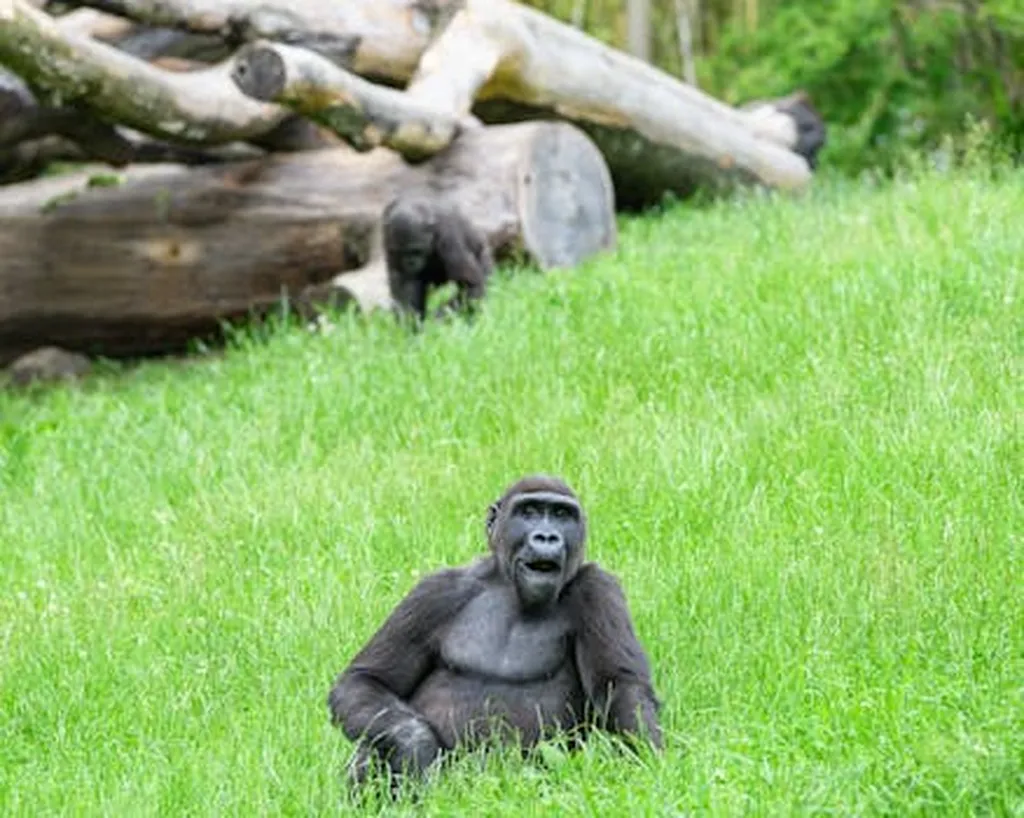In the heart of Africa, the Congo Basin, a vital global ecosystem, is undergoing significant transformations that are reshaping both the environment and the lives of those who depend on it. A recent study led by Pontien Kuma Nyongo from the Centre for International Postgraduate Studies of Environmental Management (CIPSEM) at Technische Universität Dresden, Germany, has shed new light on the socio-ecological outcomes of these forest landscape mutations, with particular focus on Cameroon. The findings, published in the journal ‘Land’ (translated as ‘Land’), offer valuable insights that could influence adaptive forest governance and have commercial implications for the energy sector.
The study, which employed a mixed-methods approach combining remote sensing and household surveys, revealed a surprising trend: forest cover in Cameroon has significantly increased over the past two decades. “We observed a 104.01% increase in forest cover between 2004 and 2014, and an additional 47.27% increase between 2014 and 2024,” Nyongo explained. This growth came at the expense of agricultural land, which declined by more than 20%, while settlements and water bodies saw substantial increases.
The drivers behind these landscape mutations are complex and interwoven. Nyongo and his team identified a confluence of social, economic, political, and environmental factors at play. Population growth, livelihood diversification, agricultural expansion, timber exploitation, tenure ambiguity, development-driven land conversion, climate variability, and ecological restoration efforts all contributed to the observed changes.
While the ecological outcomes of these mutations have been largely positive, with significant gains in forest cover, the social outcomes paint a more nuanced picture. Communities experienced improvements in livelihoods and infrastructure, but also faced land conflicts, loss of traditional access, and resource-based insecurity. “The human-environment feedback defines landscape trajectories in complex and non-linear ways,” Nyongo noted, highlighting the intricate balance between ecological gains and social challenges.
The study’s application of the socio-ecological systems (SES) framework provides novel insights into how governance, ecological processes, and human behavior co-evolve in forest landscapes. These findings challenge the mainstream narrative of forest decline and instead highlight areas of recovery, offering a more hopeful perspective for the future of the Congo Basin.
For the energy sector, these findings could have significant commercial implications. The increase in forest cover and the complex interplay of drivers and outcomes underscore the need for adaptive forest governance. This could open up opportunities for sustainable energy projects that align with ecological restoration efforts and support local communities. Moreover, the study’s emphasis on the co-evolution of governance, ecological processes, and human behavior could inform the development of more effective policies and practices for managing forest landscapes in a way that benefits both the environment and the energy sector.
As Nyongo and his team continue to investigate the institutional and adaptive mechanisms influencing these dynamics across the Congo Basin, their work is set to shape future developments in the field. By bridging the gap between scientific research and practical application, this study offers a roadmap for more sustainable and equitable forest management, with far-reaching implications for the energy sector and beyond.

